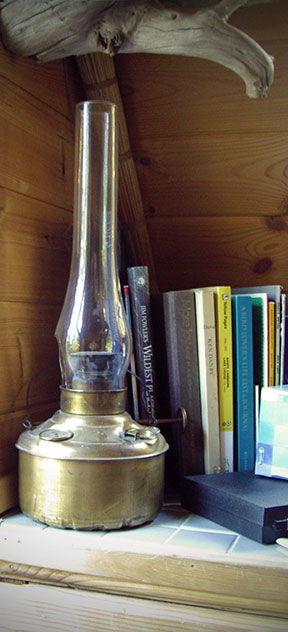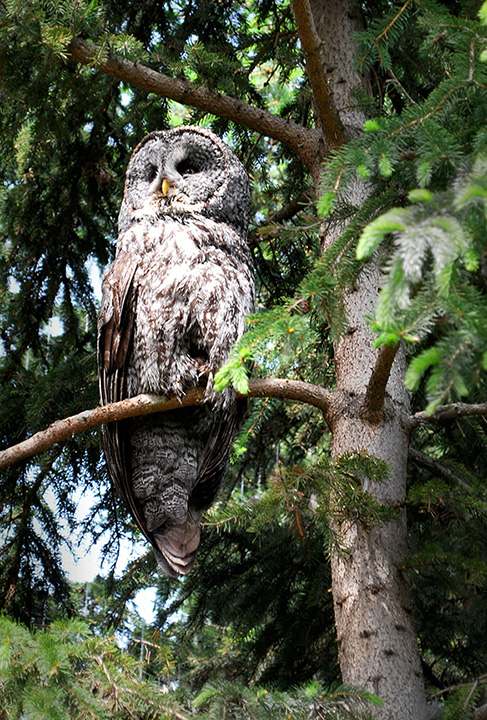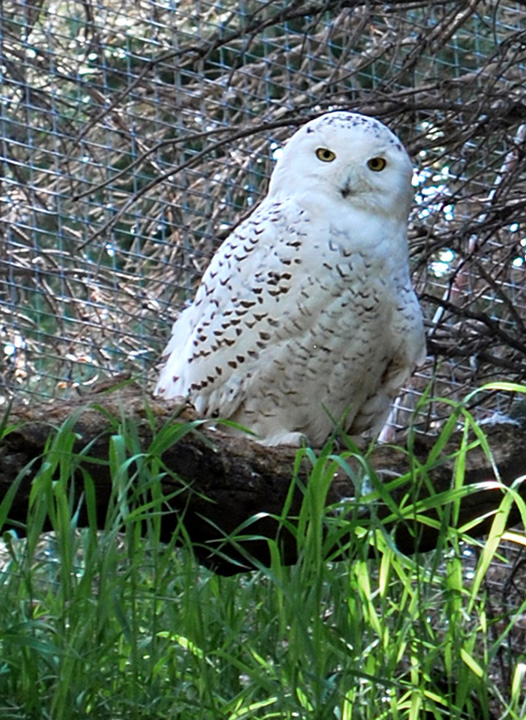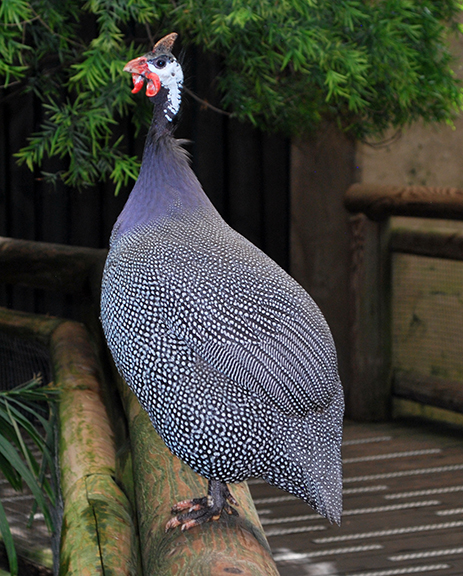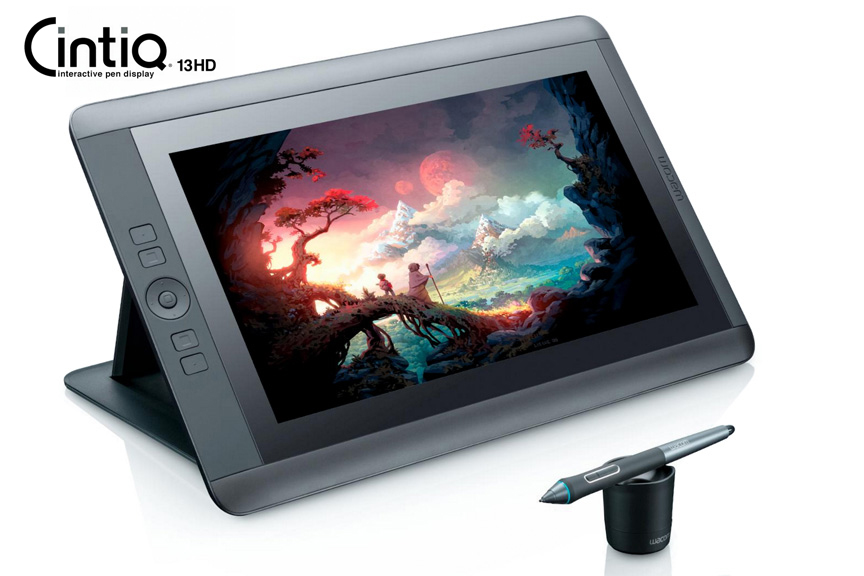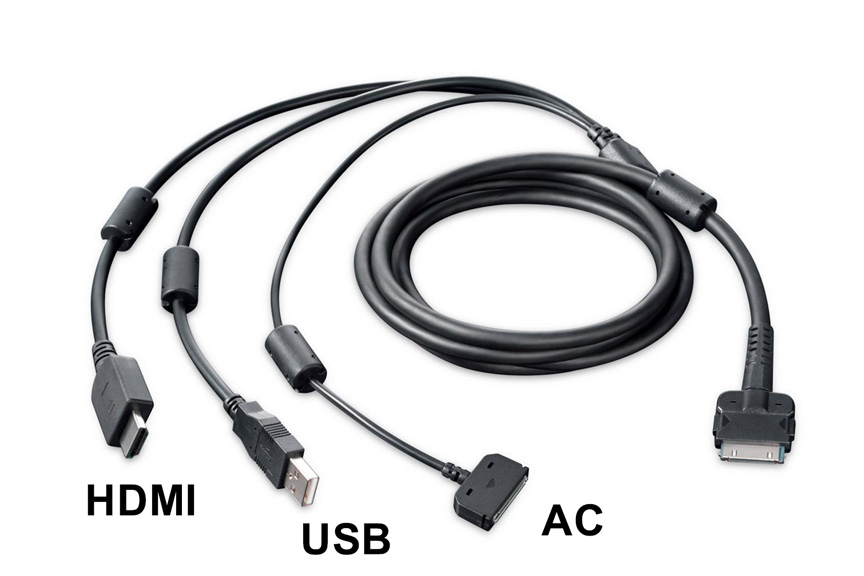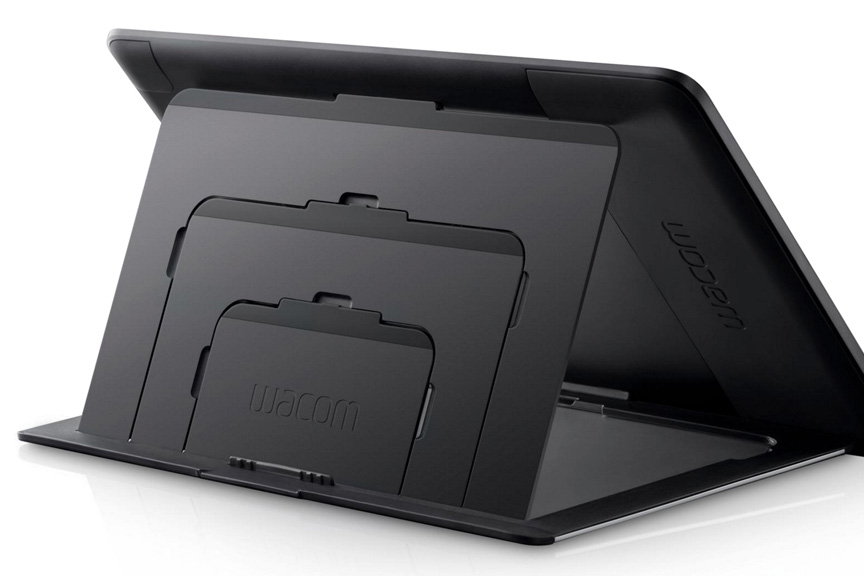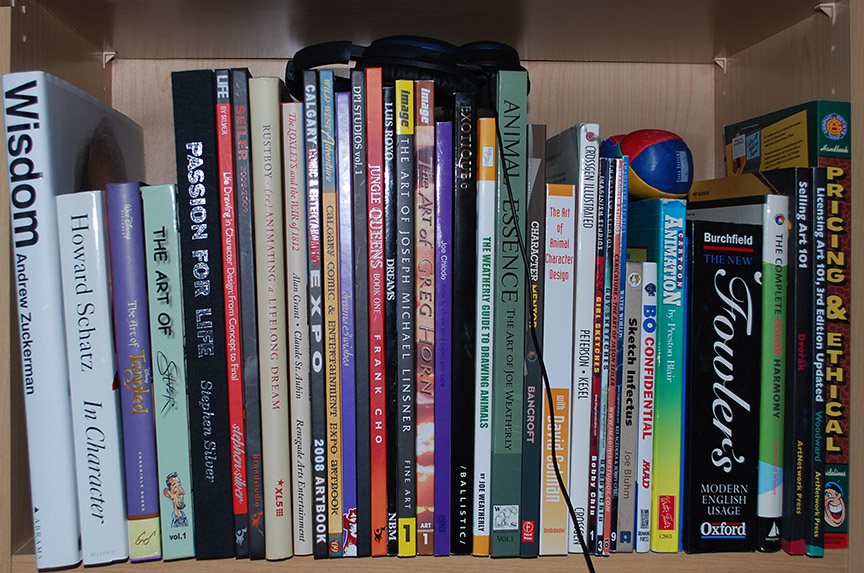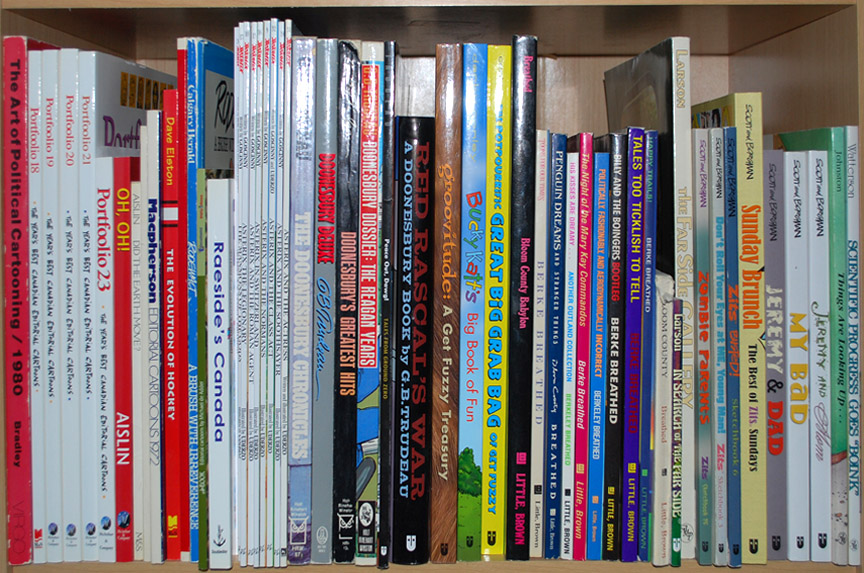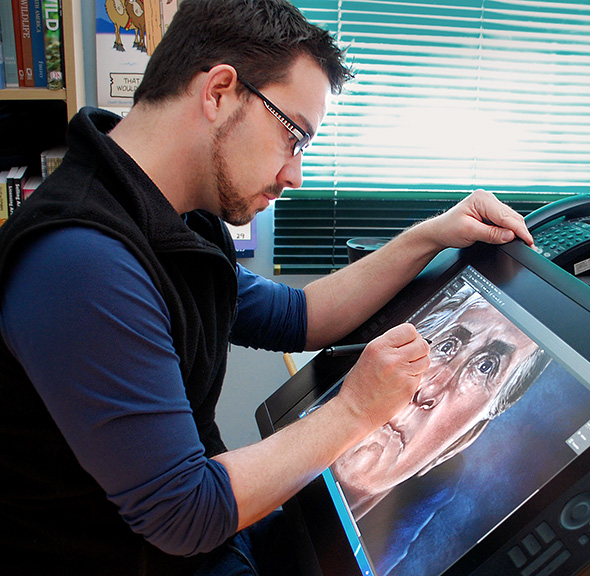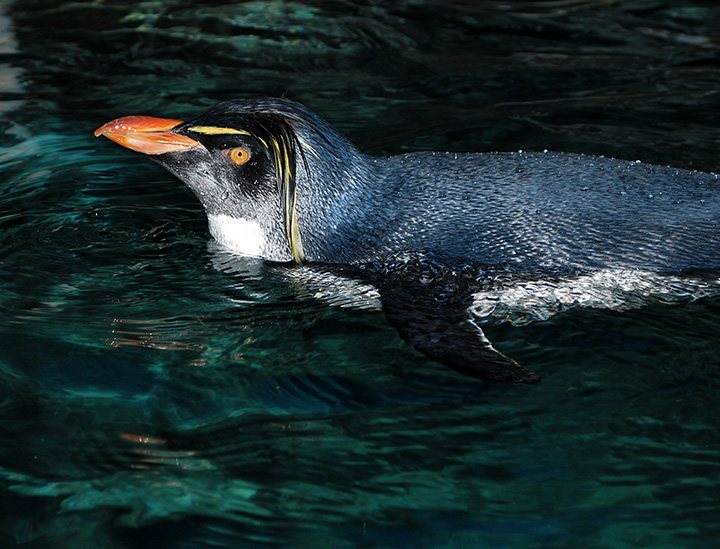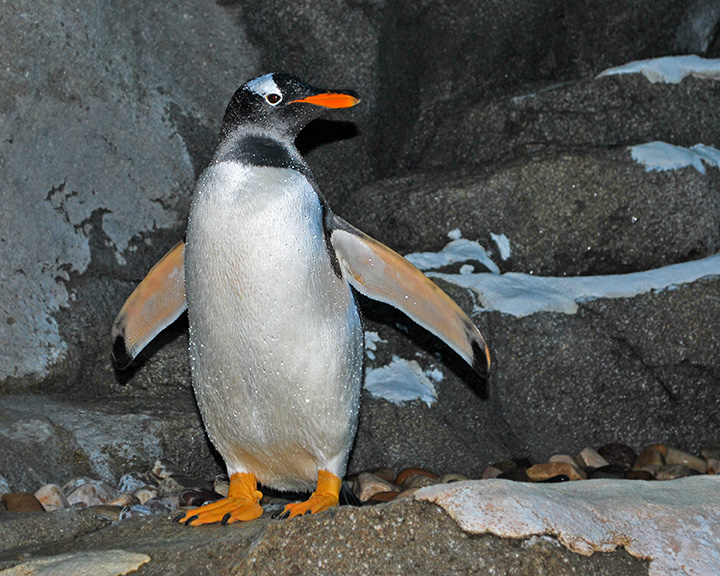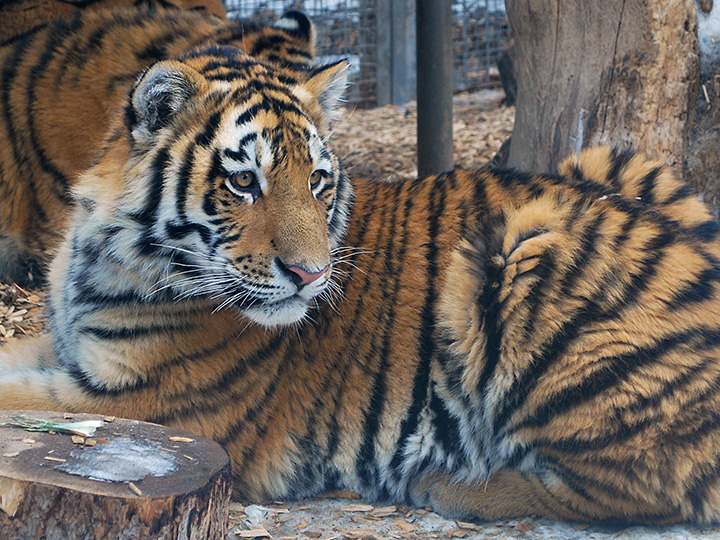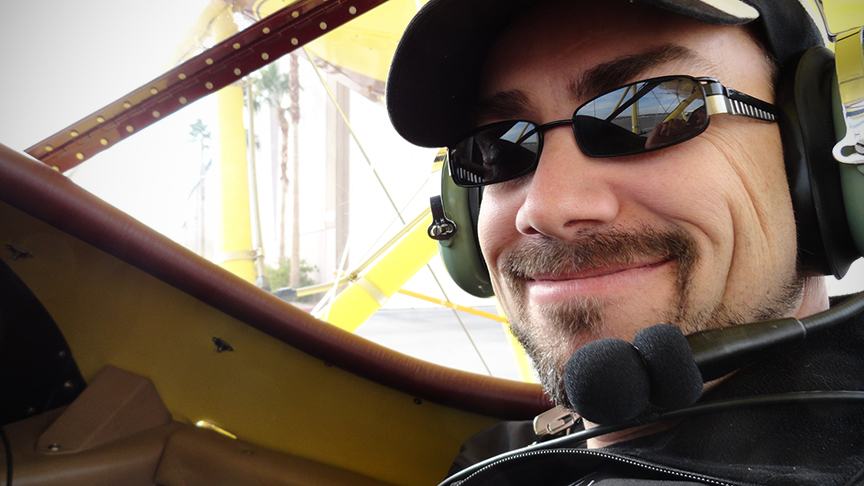 It’s ironic that I don’t celebrate calendar holidays, but the changing of the year always makes me reflective. While I usually aim for one short blog entry for my year in review, it would appear I’m incapable of that, so this first one is less about the work and more about what’s been rattling around in my noggin this year.
It’s ironic that I don’t celebrate calendar holidays, but the changing of the year always makes me reflective. While I usually aim for one short blog entry for my year in review, it would appear I’m incapable of that, so this first one is less about the work and more about what’s been rattling around in my noggin this year.
It is difficult to find the separation between my personal and professional life. Having been able to find that elusive state of doing what I love for a living, the majority of my business is work that I enjoy. When your work and life become so interconnected, happiness in one depends on the same in the other.
Clearly a midlife evaluation of priorities and direction, I’ve been on an emotional ride the last few years, one that has included dark lows and bright highs. Most of my college years were spent studying psychology, so I’ve always been a believer in talk therapy. Even the most supportive family member or friend can be too close to the source and a trained therapist will often present perspectives and open doors that had not been previously considered. With that in mind, I spent some time talking with a professional therapist over the past year and it was incredibly helpful.
A few years ago, I was diagnosed with OCD, and while sitcoms and movies like to use that as a punch line, it has a much broader meaning than fear of germs or lining up everything in the fridge, neither of those being components of my particular affliction. I don’t mention this as a ploy to garner sympathy, just to point out that it’s a piece of the puzzle that makes me who I am. As Michael J. Fox once said about his Parkinson’s disease, “Everybody has their own bag of hammers to carry around. This is just mine.”
I mention it, because the ironic benefit of my particular OCD cocktail is that it makes me organized, driven and introspective. As much as it can be likened to carrying around an annoying child in your head 24/7, one that never shuts up about shit you can’t control or change, it has also been one of the largest contributors to the success of my business and my work.
While some opt for medication to take the edge off of their anxiety disorder, and I certainly won’t judge anyone who has gone that route, I have chosen not to. I have done well to rely on my gut instinct over the years and everything in me tells me that to chemically mess with the crazy, I risk damaging the creativity. I am convinced that it all wells up from the same place.
I realize that calling it crazy isn’t politically correct, but I’ve lived with it long enough that I get to call it what I like.
Day in, day out I am worrying about things I can’t change and trying to control their outcome. If I don’t have something to worry about, I will make something up. Thankfully, I have a strong-willed wife who will apply the brakes when my mentally distracted driver starts veering all over the road. When that annoying kid in my head attempts to draw her into a no-win pointless ‘what-if’ discussion, she is fond of sighing and saying “tell your little friend I’m not playing today.”
One particular quirk that comes with this genetic misfiring of chemicals in the grey matter is that I’m acutely aware of the passage of time. While some may think they have all the time in the world, I’m under no such illusion. I know it could all end in ten years, in twenty, or tomorrow. That awareness factors into many decisions I make, especially in the past few years. Funny how your early forties will do that to you.
 On our recent vacation to Vegas, it is this awareness that prompted Shonna and I to charter a biplane to take us on a tour over the Hoover Dam and to decide over lunch that we were going skydiving for the first time the very next day. While I’m all too often guilty of having to plan everything and worrying about the future, it was worry about regret that allowed me to seize the moment, which made the experiences much more rewarding. It also laid the foundation for the ones we’ll have tomorrow.
On our recent vacation to Vegas, it is this awareness that prompted Shonna and I to charter a biplane to take us on a tour over the Hoover Dam and to decide over lunch that we were going skydiving for the first time the very next day. While I’m all too often guilty of having to plan everything and worrying about the future, it was worry about regret that allowed me to seize the moment, which made the experiences much more rewarding. It also laid the foundation for the ones we’ll have tomorrow.
There is tremendous freedom in making choices, both personal and professional, if you imagine viewing them from the end of your life. If lying on my deathbed, would I look back on the choices I’m making today and wished I’d done them differently? This is, however, a cautionary tale. The choices we make for ourselves, when approached from that perspective, will undoubtedly alienate and disappoint some friends, family, mentors and others with whom we are connected. But, those people see our lives from their perspective. They don’t usually see that if we attempted to place the same restrictions or demands on them, they would resent it.
This is not an endorsement of shirking responsibility to your loved ones or those you care about. But just as you choose to make yourself accountable to certain people, they are accountable to you as well. Part of that accountability is allowing each other to make your own choices, good or bad, whether you agree with them or not. One look at social media on any given day, and it’s easy to see that most people don’t walk that talk, your choices and opinions only valid if they happen to be the same ones they’re making. Share or like if you agree.
Accounting for available evidence, we each only get one shot at life. While an unpopular view, I don’t believe in heaven or hell. If there is something after this life, I don’t think we can comprehend it in this existence and I certainly don’t believe we are meant to spend this life focused on it. One person’s belief in their meaning and purpose may be entirely different than that of the person next to them, and both may be right. I believe that you can live a good life and choose not to hurt other people without it being about a reward at the end. If this timeline is all we get, it makes sense to get the most out of it.
If I have been going through a midlife crisis (evaluation, introspection, change of life, etc.), then I believe 2013 is the year I started coming out the other side, and not only was the whole difficult painful experience necessary for growth, it was incredibly freeing. If the next year follows the same course, I am excited for what’s coming, and I’m looking forward to it.


